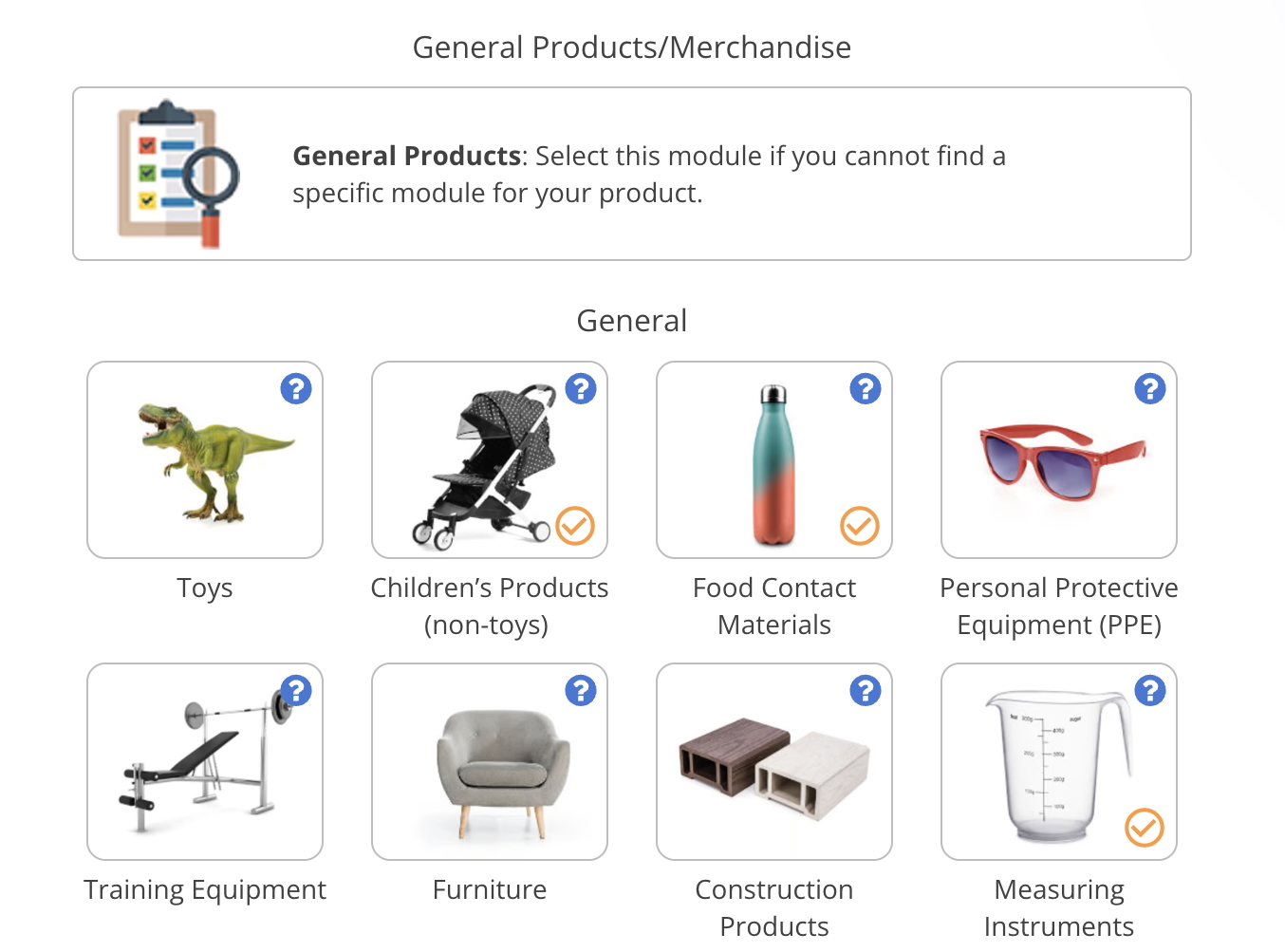
Food packaging materials are subject to various federal and state-level regulations in the US. These regulations contain requirements such as substance restrictions, labeling, and good manufacturing practice requirements.
In this guide, we look at US food contact material regulations under Title 21 of the CFR, FPLA, and other requirements related to supplying food packaging materials in the US.
Note: This guide only covers requirements applicable to food packaging materials. It does not cover food labelling requirements. Further, we do not claim that we list all requirements applicable to food packaging in the US.
Content Overview

FREE CONSULTATION CALL (30 MIN)
 Ask questions about compliance requirements
Ask questions about compliance requirements Countries/markets:
Countries/markets:
 Learn how we can help your business
Learn how we can help your business
You will speak with:Ivan Malloci or John Vinod Khiatani
US Food Contact Materials (FCM) Regulations
Below follows a list of food contact materials regulations in the United States that may also be applicable to the following types of food packaging materials:
- Food packaging adhesives
- Food packaging containing coatings
- Food packaging composed of paper or paperboard
- Single-use plastic food packaging
- Repeated-use plastic food packaging
- Retail packages of foods that are treated with radiation
- Food packaging containers
- Dry food packaging
- Wine bottles
- Egg cartons
- Wrappers and wrapping films
- Plastic bottles
- Rigid plastic containers
Overview
| Regulation | Relevancy |
| 21 CFR PART 1 – GENERAL ENFORCEMENT REGULATIONS | This part contains general enforcement regulations for FDA-regulated products.
It has filing, documentation, and record-keeping requirements for such products, including food contact substances used in food packaging. |
| 21 CFR PART 109 – UNAVOIDABLE CONTAMINANTS IN FOOD FOR HUMAN CONSUMPTION AND FOOD-PACKAGING MATERIAL | This part sets substance restrictions, documentation, labeling, and good manufacturing practice requirements relating to unavoidable contaminants in food and food packaging material.
This part applies to manufacturers of food packaging materials, such as those that use polychlorinated biphenyls in their food packaging manufacturing establishments or that use the substance in paper food-packaging material. |
| 21 CFR PART 174 – INDIRECT FOOD ADDITIVES: GENERAL | This part defines good manufacturing practice. The definition also applies to 21 CFR parts 175, 176, and 177.
The good manufacturing practice contains substance restrictions for substances that are added to food because of their use in food contact articles, such as food packaging material. |
| 21 CFR PART 175 – INDIRECT FOOD ADDITIVES: ADHESIVES AND COMPONENTS OF COATINGS | This part contains substance restrictions, labeling, and good manufacturing practice requirements for substances used in adhesives and components of coatings that come into contact with food.
As a result, the part applies to food packaging adhesives and food packaging containing coatings. |
| 21 CFR PART 176 – INDIRECT FOOD ADDITIVES: PAPER AND PAPERBOARD COMPONENTS | This part sets substance restrictions, documentation, and labeling requirements for paper and paperboard materials that are in contact with food.
As such, this part applies to food packaging composed of paper or paperboard. |
| 21 CFR PART 177 – INDIRECT FOOD ADDITIVES: POLYMERS | This part covers substance restrictions, labeling, and good manufacturing practice requirements for substances used in plastic that are in contact with food.
This part applies to both single-use and repeated-use plastic packaging that is intended to come in contact with food. |
| 21 CFR PART 178 – INDIRECT FOOD ADDITIVES: ADJUVANTS, PRODUCTION AIDS, AND SANITIZERS | This part contains substance restrictions, labeling, and good manufacturing practice requirements relating to adjuvants, production aids, or sanitizers in food contact materials.
As such, this part applies to adjuvants, production aids, or sanitizers that may come into contact with food as part of packaging. |
| 21 CFR PART 179 – IRRADIATION IN THE PRODUCTION, PROCESSING AND HANDLING OF FOOD | This part contains labeling, good manufacturing practice, and other requirements relating to the use of radiation in the production, processing, and handling of food, including prepackaged food.
The part applies to packaging material intended to be subject to radiation treatment. For instance, the part applies to retail packages of food that are treated with radiation. |
| 21 CFR PART 180 – FOOD ADDITIVES PERMITTED IN FOOD OR IN CONTACT WITH FOOD ON AN INTERIM BASIS PENDING ADDITIONAL STUDY | This part contains rules affecting substances in food or that are intended to come in contact with food, which are permitted for use on an interim basis.
As such, this part applies to listed substances intended for use in the packaging of food. |
| 21 CFR PART 181 – PRIOR-SANCTIONED FOOD INGREDIENTS | This part mentions substances used in food or food packaging that have been approved by the FDA or USDA and that are exempt from classification as a food additive. Additionally, it contains a good manufacturing practice requirement.
Thus, it applies to food-packaging material containing substances listed in the part. |
| 21 CFR PART 182 – SUBSTANCES GENERALLY RECOGNIZED AS SAFE | This part covers substances that enter into food as a result of its intended use that are generally recognized as safe. It sets substance restrictions and a good manufacturing practice requirement.
This part covers the packaging of food that contains the listed substances, like dry food packaging. |
| 21 CFR PART 186 – INDIRECT FOOD SUBSTANCES AFFIRMED AS GENERALLY RECOGNIZED AS SAFE | This part contains requirements for substances that unintentionally come into contact with food that are generally recognized as safe.
The part states the conditions for using the substance in food packaging, like food packaging containers and dry food packaging. |
| 21 CFR PART 189 – SUBSTANCES PROHIBITED FROM USE IN HUMAN FOOD | This part contains substance restrictions to ensure that certain substances named in the part do not enter into human food.
It also contains substance restrictions for certain substances used in food packaging materials, like food packaging adhesives and wine bottles. |
Testing requirements
Food contact materials regulations generally set requirements concerning substance contents and migration. For example, there are restrictions on the amount of substances that a food packaging material can contain.
Note that such restrictions also impact print inks and coatings.
Third-party lab testing is often necessary to verify if the food packaging material in question contains such substances. The testing process also tends to include stimulating agents that “simulate” the type of food or beverage the food packaging is intended for.
Ultimately, you will receive a test report that (hopefully) demonstrates that the food packaging is compliant with all applicable food contact materials regulations. This can also be used as proof of compliance in case this is requested by the FDA, Amazon, retailers, or other entities.
Fair Packaging and Labeling Act (FPLA)
The Fair Packaging and Labeling Act (FPLA) sets labeling rules for the packaging of consumer commodities, which includes food, drugs, medical devices, cosmetics, and other products intended to be consumed by individuals.
It requires the packaging of such products, such as food packaging, to disclose:
- The identity of the commodity
- The name and place of business of the manufacturer, packer, or distributor
- The net quantity of contents
- The net quantity of servings, uses, or applications
Uniform Packaging and Labeling Regulation (UPLR)
The Uniform Packaging and Labeling Regulation (UPLR) sets labeling requirements for consumer packaging and packages, and non-consumer packages intended solely for industrial or institutional use, or wholesale distribution. It also covers food packaging, like egg cartons.
The UPLR is a model package regulation that has been adopted by many US states. It requires the packaging label to feature information about the:
- Product
- Name and address of the manufacturer, packer, or distributor
- Quantity of content in the packaging
Additionally, it contains prominence and placement requirements for the label.
Model Toxics in Packaging Legislation
This legislation is a model legislation that is adopted by many US states, and it covers packaging and packaging components, including wrappers, wrapping films, cups, and other types of packaging that can be used as food packaging.
It contains the following requirements:
- Substance restrictions for heavy metals, phthalates and PFAS
- Issuance of the certificate of compliance
Resin Identification Codes (RIC)
There are US states that require some types of plastic food packaging to come with resin identification codes on their labels to indicate the type of plastic used. This allows the consumer to compare the materials of products in an efficient manner.
For instance, California requires the code for products like plastic bottles and rigid plastic containers. The code contains a number placed inside a triangle, and letters placed below the triangle, indicating a substance. For instance, if the substance “polyethylene terephthalate” is used, the number “1” and letters “PETE” are used.
Compliance risks
Food packaging produced outside the United States may not comply with US food contact materials and other regulations. For example, packaging materials, print inks and coatings can contain substances above the set limits.
This risk is, in relative terms, higher when it comes to plastic food packaging or food packaging with coatings. Metal food containers can also contain substances, such as heavy metals.
Bear in mind that not all countries and markets regulate food packaging substances to the extent that this is done in the United States. It is therefore essential that you arrange lab testing before importing food packaging of any type to the US.
FAQ
Which substances are restricted in food packaging?
In general, food packaging regulations restrict substances that are deemed to be dangerous. The type of restricted substances depend on the regulation.
For example, 21 CFR PART 177 – INDIRECT FOOD ADDITIVES: POLYMERS, in general, lists substances that are allowed to be used in plastic food contact materials, under certain conditions. Here are some examples:
- n-Butyl acetate – allowed in finished packaging cellophane until 0.1% by weight
- Ethylene-vinyl acetate-vinyl alcohol copolymers – allowed if they contain a minimum of 55 percent ethylene and a maximum of 30 percent vinyl alcohol units by weight
- Toluene – Should not exceed 1,000 parts per million as residual solvent in finished resin
As another example, the Model Toxics in Packaging Legislation restricts the following substances:
- Lead, cadmium, mercury or hexavalent chromium – total concentration levels in the package or packaging component should not exceed 0.01%
- Phthalates – total concentration levels in the package or packaging component should not exceed 0.01%
- Perfluoroalkyl and polyfluoroalkyl substances – there should be no detectable PFAS in any package or packaging component
Which US regulations apply to plastic food packaging?
Here are some examples of US regulations that apply to plastic food packaging:
- 21 CFR PART 177 – INDIRECT FOOD ADDITIVES: POLYMERS
- Resin Identification Codes (RIC)
Which US regulations apply to paper food packaging?
Here are some examples of US regulations that cover paper food packaging:
- 21 CFR PART 109 – UNAVOIDABLE CONTAMINANTS IN FOOD FOR HUMAN CONSUMPTION AND FOOD-PACKAGING MATERIAL
- 21 CFR PART 176 – INDIRECT FOOD ADDITIVES: PAPER AND PAPERBOARD COMPONENTS
Which US regulations apply to metal food packaging?
Here are some examples of US regulations that apply to metal food packaging:
- 21 CFR PART 174 – INDIRECT FOOD ADDITIVES: GENERAL
- Model Toxics in Packaging Legislation
Is country of origin marking required for food packaging?
In general, containers or holders treated as imported articles must be marked to indicate the country of their origin, according to the requirements set by 19 CFR PART 134. However, note that the regulation contains numerous rules and exceptions.
Is testing required for food packaging in the US?
Yes, as many of the US regulations covering food packaging contain substance restrictions, testing is required to ensure that the packaging ultimately conforms with the applicable regulations.
Which companies offer testing for food packaging in the US?
Here are some companies that offer testing services for food packaging in the US:
- NSF
- UL Solutions
- Intertek
- ACT Lab

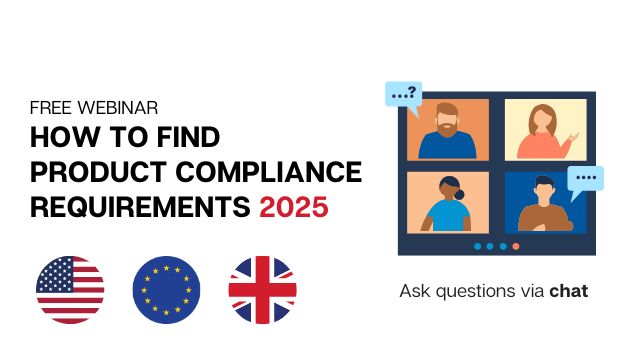



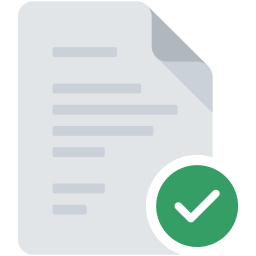








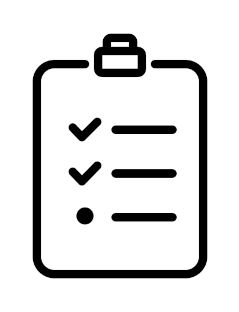


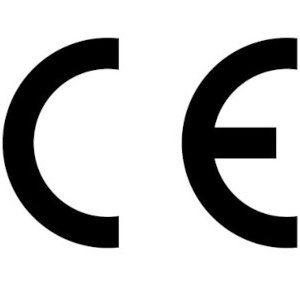




.png)
.png)
.png)
